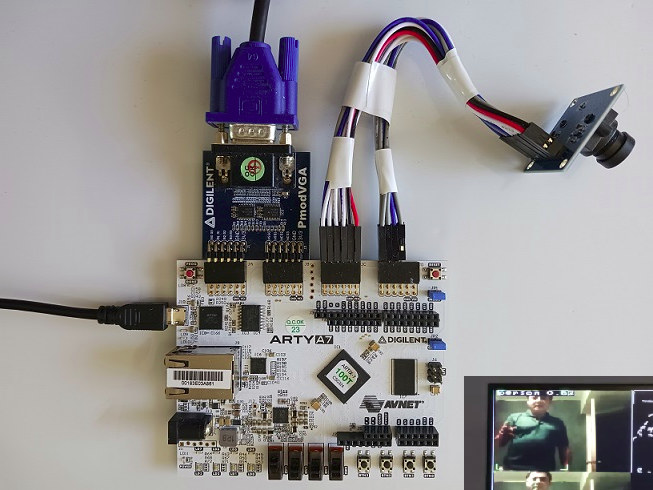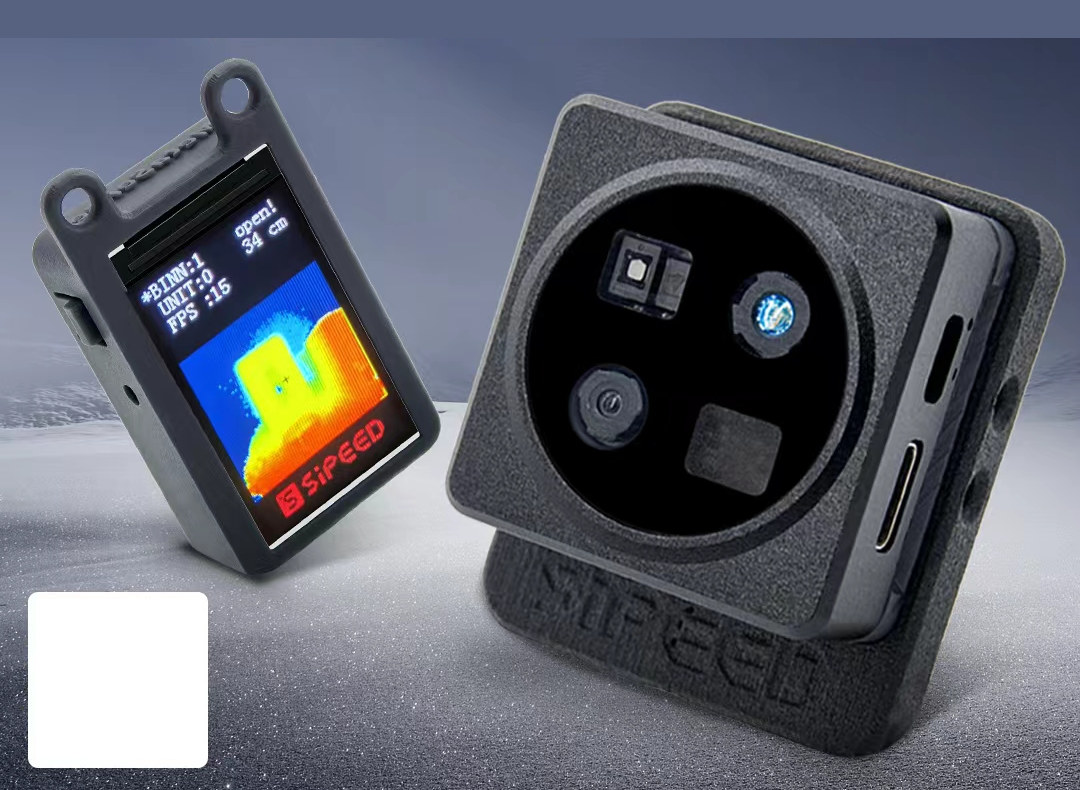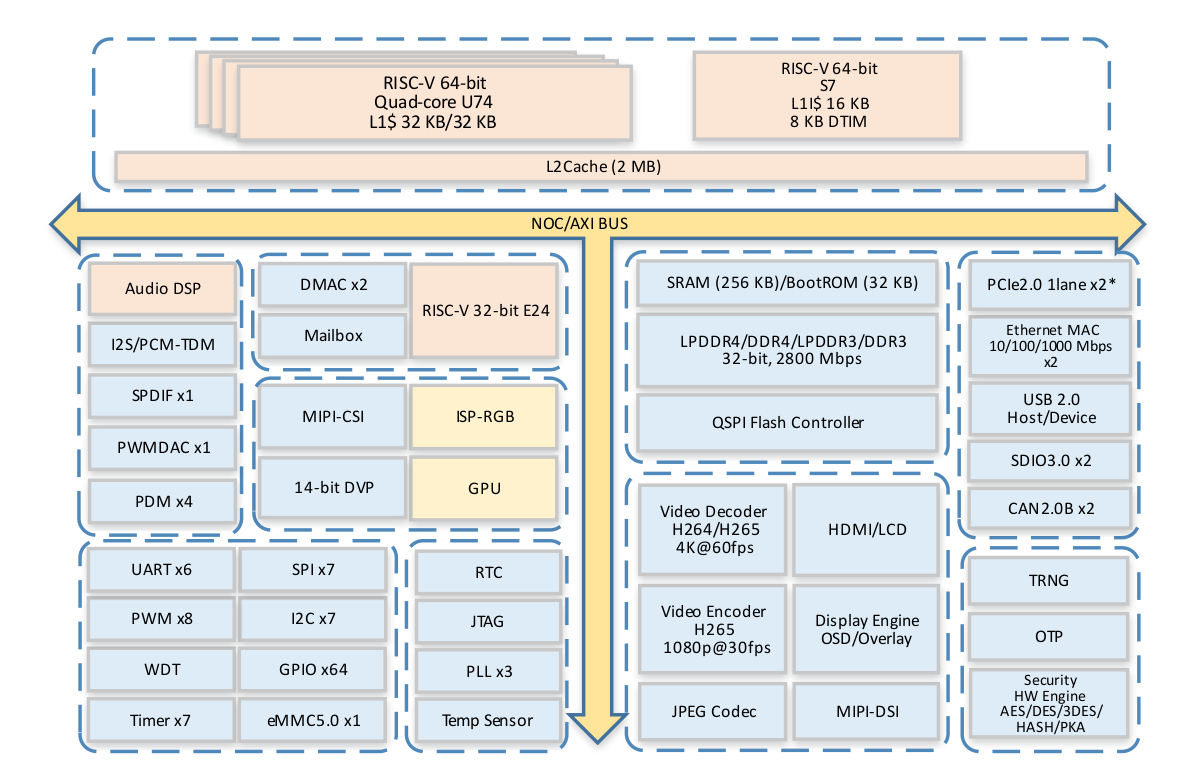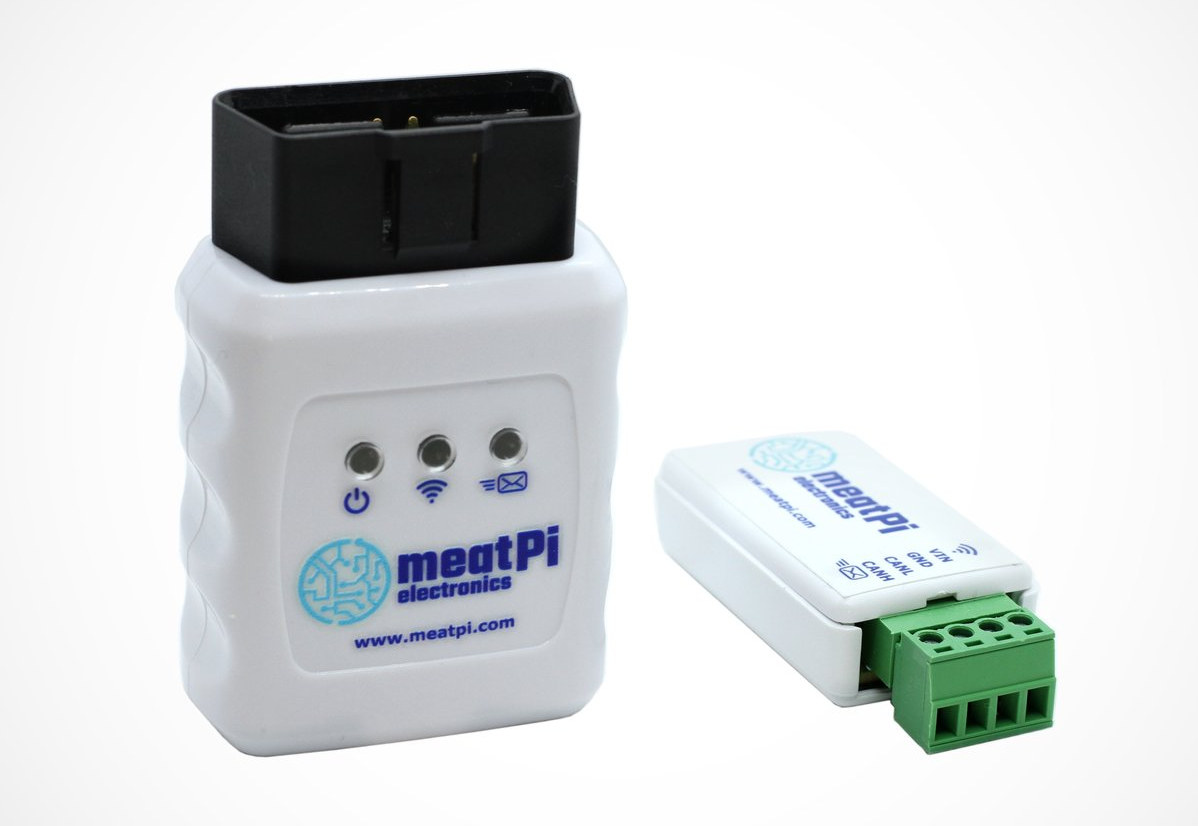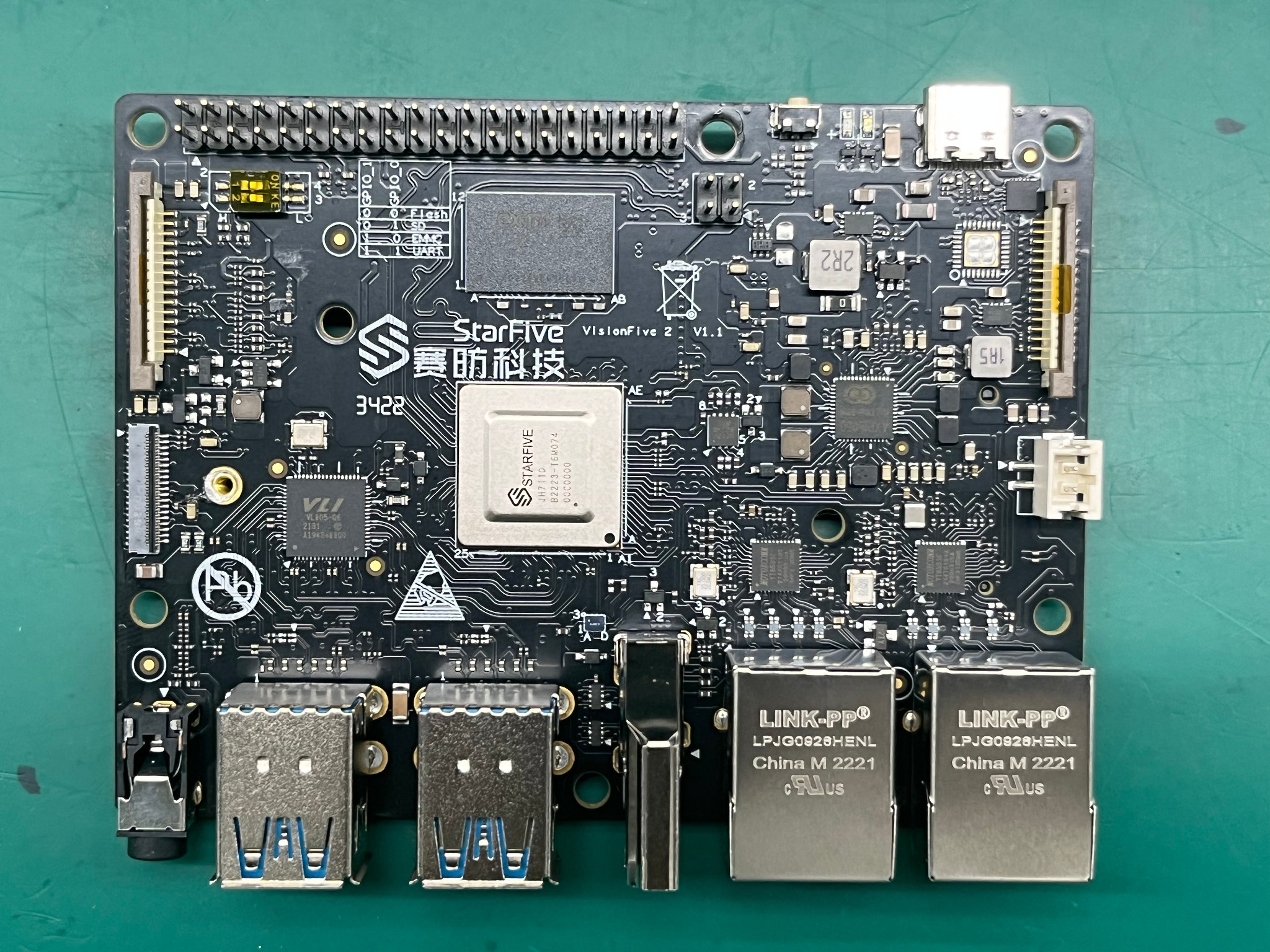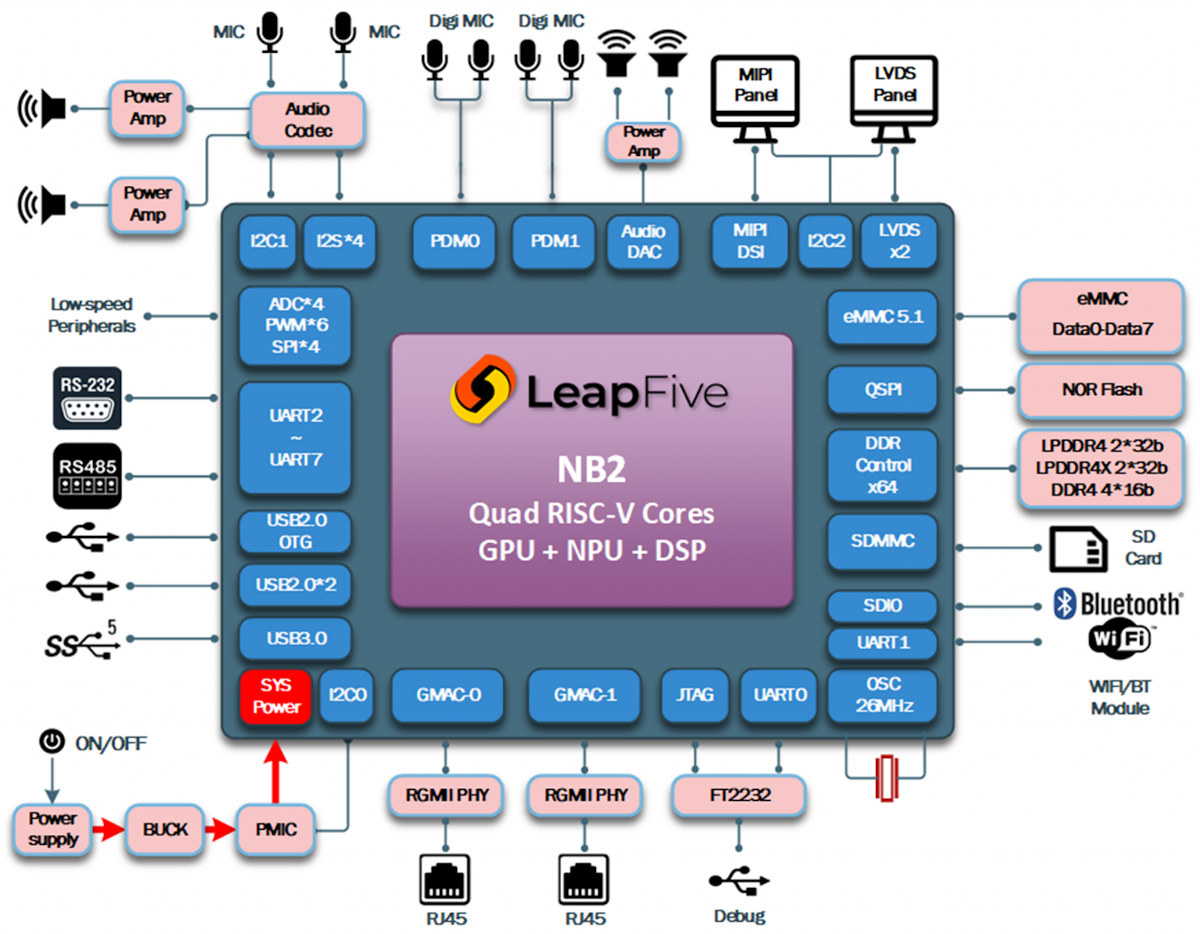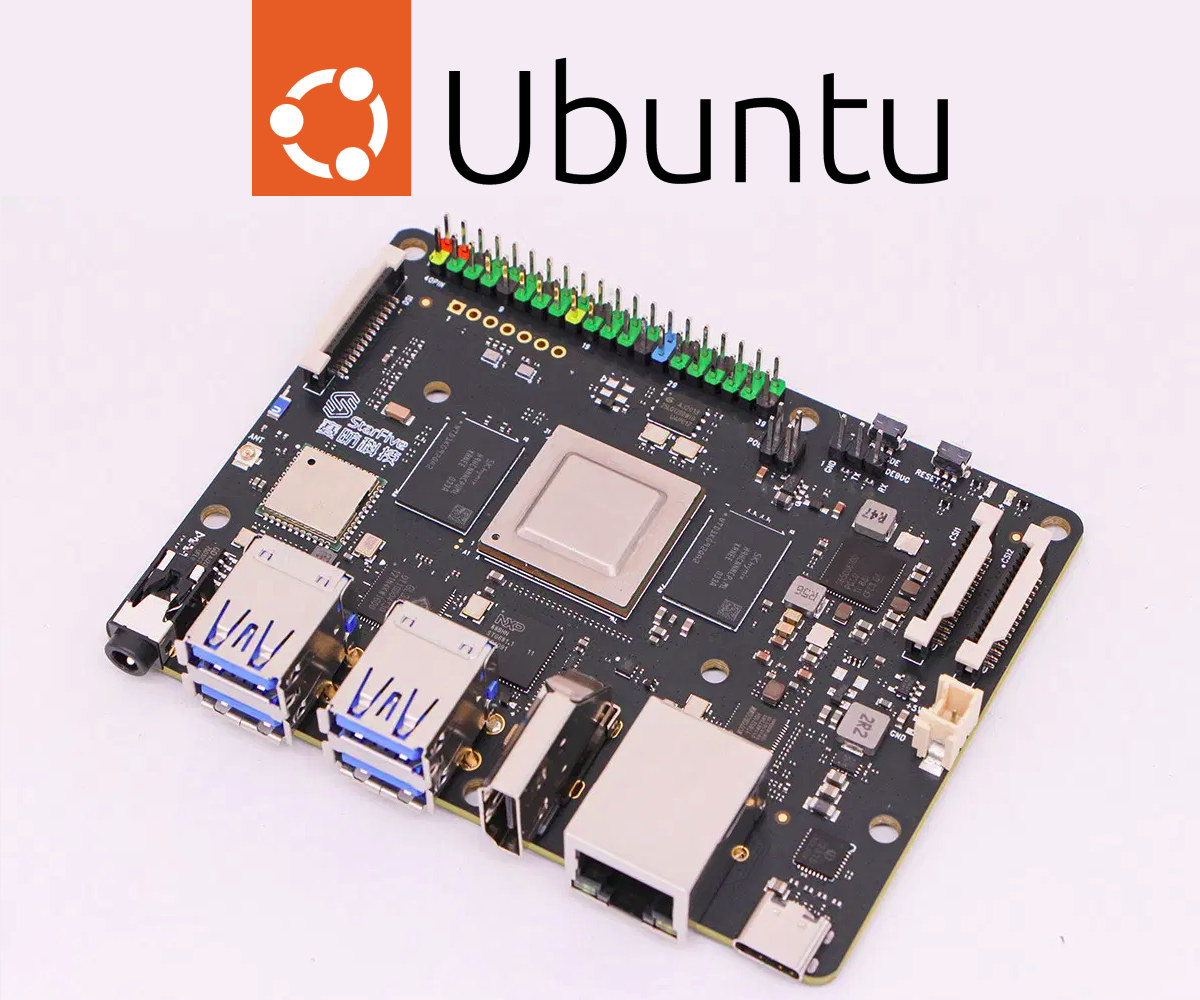RISC-V is coming to your car too, with the introduction of SiFive Automotive E6-A, X280-A, and S7-A RISC-V processors designed for automotive applications such as infotainment, cockpit, connectivity, ADAS, and electrification. Those are built on the existing SiFive Essential 6-series E6 32-bit real-time cores, SiFive Intelligence X280 64-bit RISC-V processor with AI extensions, and SiFive S7 64-bit real-time cores (equivalent to Cortex-R7/R8), but adds safety, security, and performance required by the automotive market such as ASIL compliance. Each new core targets specific applications within a vehicle: The SiFive E6-A series will be found in system control boards, hardware security modules (HSMs) and safety islands, as well as standalone in microcontrollers. The SiFive S7-A 64-bit real-time core is said to be suited to the needs of SoCs with performant safety islands, requiring both low latency interrupt support and the same 64-bit memory space as the main application CPUs. The SiFive X280-A […]
Ztachip open-source RISC-V AI accelerator performs up to 50 times faster
Ztachip is an open-source RISC-V accelerator for vision and AI edge applications running on low-end FPGA devices or custom ASIC that is said to perform 20 to 50 times faster than on non-accelerated RISC-V implementations, and is also better than RISC-V cores with vector extensions (no numbers were provided here). Ztachip, pronounced zeta-chip, is not tied to a particular architecture, but the example code features a RISC-V core based on the VexRiscv implementation and can accelerate common computer vision tasks such as edge detection, optical flow, motion detection, color conversion, as well as TensorFlow AI models without retraining. The open-source AI accelerator has been tested on Digilent ArtyA7-100T FPGA board in combination with a PMOD VGA module to connect to a display and an OV7670 VGA camera module. You can then build the sample found on Github with the Xilinx Vivado Webpack free edition and flash it to the board […]
Sipeed MetaSense RGB ToF 3D depth cameras are made for MCUs & ROS Robots (Crowfunding)
We’ve just written about the Arducam ToF camera to add depth sensing to Raspberry Pi, but there are now more choices, as Sipeed has just introduced its MetaSense ToF (Time-of-Flight) camera family for microcontrollers and robots running ROS with two models offering different sets of features and capabilities. The MetaSense A075V USB camera offers 320×240 depth resolution plus an extra RGB sensor, an IMU unit, and a CPU with built-in NPU that makes it ideal for ROS 1/2 robots, while the lower-end MetaSense A010 ToF camera offers up to 100×100 resolution, integrates a 1.14-inch LCD display to visualize depth data in real-time and can be connected to a microcontroller host, or even a Raspberry Pi, through UART or USB. MetaSense A075V specifications: SoC – Unnamed quad-core Arm Cortex-A7 processor @ 1.5 GHz with 0.4 TOPS NPU System Memory – 128 MB RAM Storage – 128MB flash Cameras 800×600 @ 30 […]
StarFive JH7110 RISC-V processor specifications released
With the Star64 and VisionFive 2 single board computers, we’ve already got two hardware platforms based on the StarFive JH7110 quad-core RISC-V processor, but somehow we did not get the detailed specifications of the new processor, and some details such as the presence of AI accelerators or exact PCIe specifications were lacking. Some documentation for the StarFive JH7110 processor has been released and answers some of those questions. It’s actually an SoC with six RISC-V cores, of which four 64-bit RISC-V cores run the main OS, plus a 64-bit RISC-V monitoring core, and a 32-bit RISC-V real-time core. The AI accelerators found in the JH7100 (Neural Network Engine and NVDLA) appear to be gone for good, and there are two 1-lane PCIe 2.0 interfaces up to 5 Gbps each. StarFive JH7110 specifications: CPU sub-system Quad-core 64-bit RISC-V SiFive U74 (RV64GC) processor @ up to 1.5 GHz with 32KB D-Cache, 32KB […]
WiCAN ESP32-C3 CAN Bus platform is available in USB-CAN and OBD-II form factors (Crowdfunding)
WiCAN is an ESP32-C3 CAN bus adapter that works over USB, Wi-Fi, and Bluetooth LE, and designed for car hacking and general CAN bus development. The device is available in USB-CAN and OBD-II form factors and comes with firmware that works with RealDash to create nice-looking dashboards with the data. RealDash can be installed on Android, iOS, and Windows 10 operating systems. WiCAN specifications: Wireless module – ESP32-C3-MINI-1 with ESP32-C3 RISC-V microcontroller with 2.4GHz WiFI 4 and Bluetooth 5.0 connectivity, 4 MB flash, PCB antenna CAN 2.0 A/B interface up to 1 Mbps Host interface WiCAN-OBD – OBD-II connector WiCAN-USB – Mini USB port for USB-to-UART up to 6 Mbps Power Supply WiCAN-ODB – 7.5V to 16V (Vbat) WiCAN-USB – 7.5V to 36V via screw-terminal connector Power Consumption – <= 1 mA in battery-saving mode The CAN Bus adapter also supports firmware updates over WiFi, and can be used either […]
StarFive VisionFive 2 quad-core RISC-V SBC launched for $46 and up (Crowdfunding)
As expected, StarFive has officially unveiled the JH7110 quad-core RISC-V processor with 3D GPU and the VisionFive 2 SBC. I just did not expect the company to also launch a Kickstarter campaign for the board, and the version with 2GB RAM can be had for just about $46 for “early birds”. The VisionFive 2 ships with up to 8GB RAM, HDMI 2.0 and MIPI DSI display interfaces, dual Gigabit Ethernet, four USB 3.0/2.0 ports, a QSPI flash for the bootloader, as well as support for eMMC flash module, M.2 NVMe SSD, and microSD card storage. VisionFive 2 specifications: SoC – StarFive JH7110 quad-core 64-bit RISC-V (SiFive U74 – RV64GC) processor @ up to 1.5 GHz with Imagination BXE-4-32 GPU supporting OpenGL ES 3.2, OpenCL 1.2, Vulkan 1.2 4Kp30 H.265/H.264 video decoder 1080p30 H.265 video encoder System Memory – 2GB, 4GB, or 8GB LPDDR4 Storage – MicroSD card slot, eMMC flash […]
LeapFive NB2 quad-core RISC-V processor comes with GPU, NPU, and DSP
After SiFive and StarFive, here comes LeapFive RISC-V silicon vendor offering the NB2 quad-core 64-bit RISC-V application processor with GPU, NPU, and vision and audio DSPs capable of running Linux. LeapFive NB2 processor is equipped with MIPI DSI and LVDS display interface, dual GbE, USB 3.2/2.0 interfaces, and other peripheral interfaces that make it well-suited to a wide range of applications including Smart Home applications, robotics, industrial gateways, drones, building automation, smart cities, digital signage, medical equipment and more. LeapFive NB2 specifications: CPU – Quad-core SiFive U74 64-bit RISC-V processor @ 1.8 GHz delivering 2.5 DMIPS/MHz Cache – 32KB I-cache, 32KB D-cache, 2MB level 2 cache GPU – “High-performance graphics processor” @ 850 MHz DSP – Dedicated vision DSP, audio DSP NPU – Independent AI engine delivering up to 4 TOPS @ 1.4 GHz VPU – 4Kp60 H.264/H.265 Video encoding and decoding, JPEG image codec System Memory – Up to […]
StarFive VisionFive V1 RISC-V SBC gets Ubuntu 22.04.1 Server image from Canonical
Canonical has been working on RISC-V support for Ubuntu for a while and released Ubuntu 20.04/21.04 64-bit RISC-V images for QEMU and HiFive boards last year. Now the company has released an Ubuntu 22.04.1 Server image for the StarFive VisionFive V1 RISC-V single board computer. While that’s a good development, The VisionFive V1, and other RISC-V platforms, are nowhere close to being Ubuntu-certified hardware, and Canonical posted a note reading “It is an early RISC-V developer access through Ubuntu 22.04.1.” The VisionFive V1 SBC is a pretty good platform for development with a StarFive JH7100 dual-core RISC-V processor, 8GB RAM, Gigabit Ethernet and WiFi connectivity, HDMI output, and four USB 3.0 ports, plus GPIOS headers, and MIPI CSI and DSI connectors. It offers a good middle ground between the high-end (and relatively expensive) HiFive Unmatched mini-ITX motherboard and the low-end Allwinner Nezha single board computer both of which can also […]



